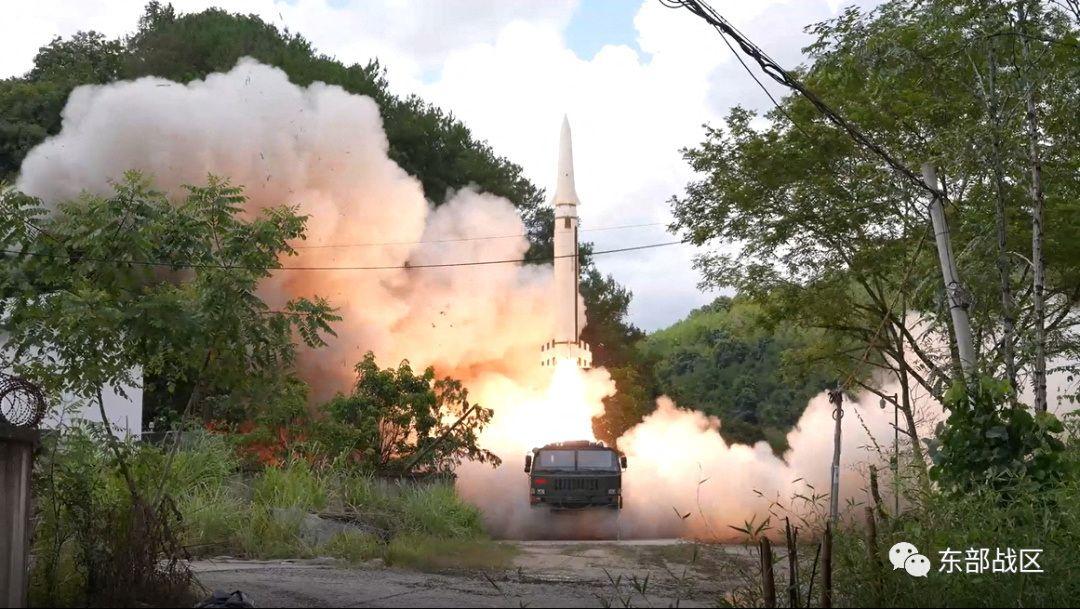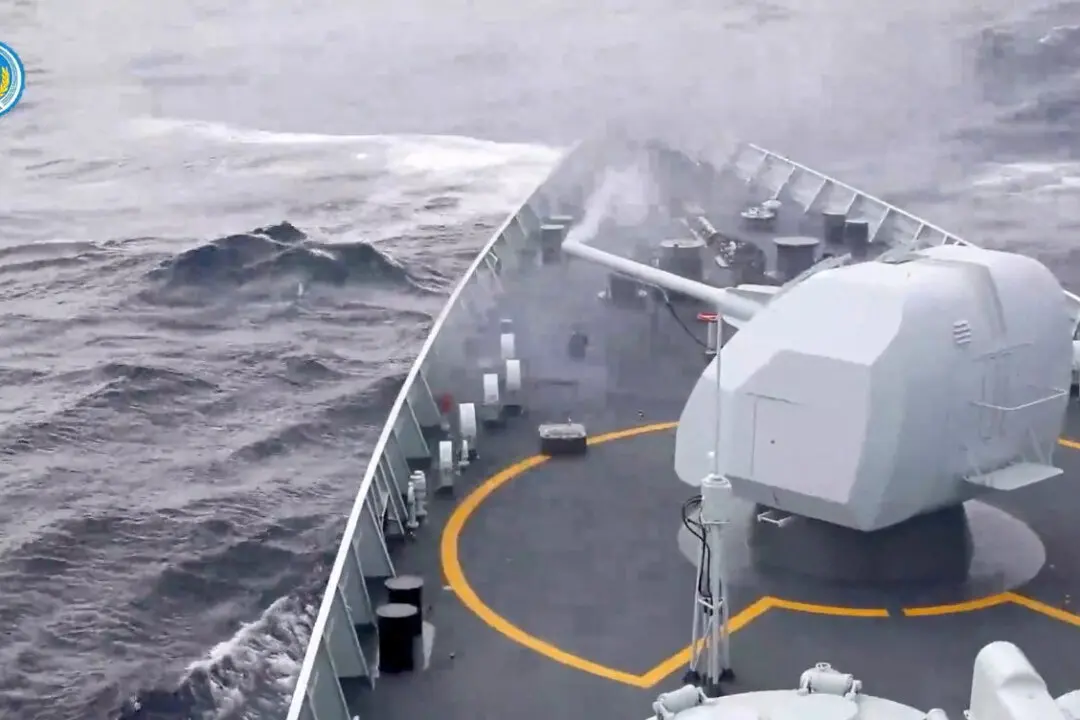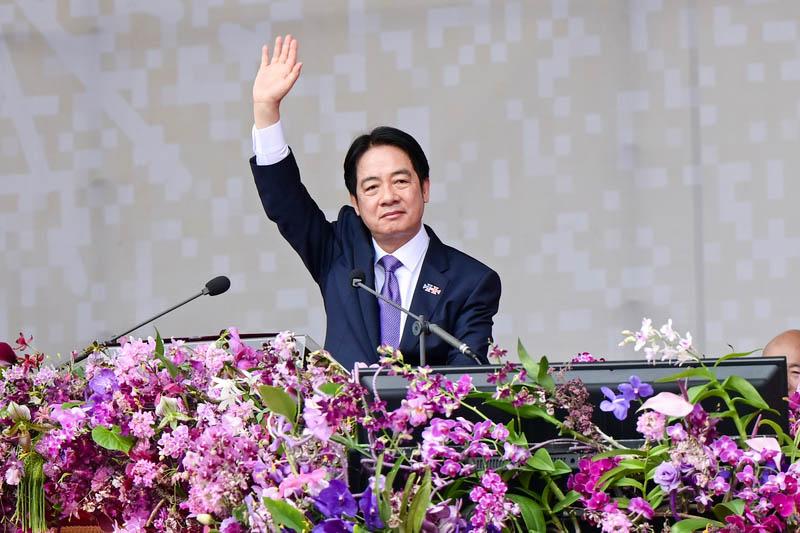TAIPEI, Taiwan—China is continuing its military coercion against Taiwan on Aug. 5, the second day of its military drills encircling the island, with warplanes and vessels crossing the median line of the Taiwan Strait that separates the two neighbors.
Calling the military drills “highly provocative,” Taiwan’s defense ministry said many Chinese military jets and warships had been seen in waters near Taiwan as of 11 a.m. local time, with some crossing the median line. Also known as the Davis Line, the median serves as an unofficial air and maritime buffer between China and Taiwan.





